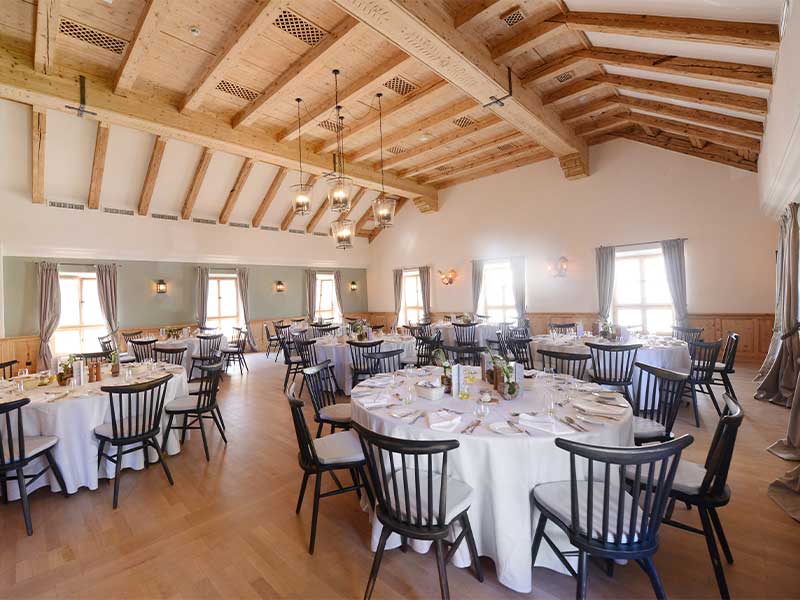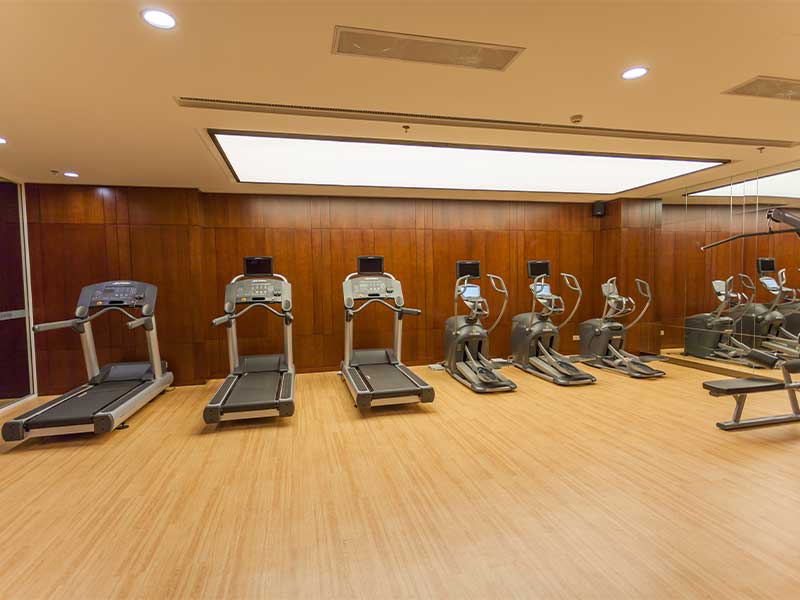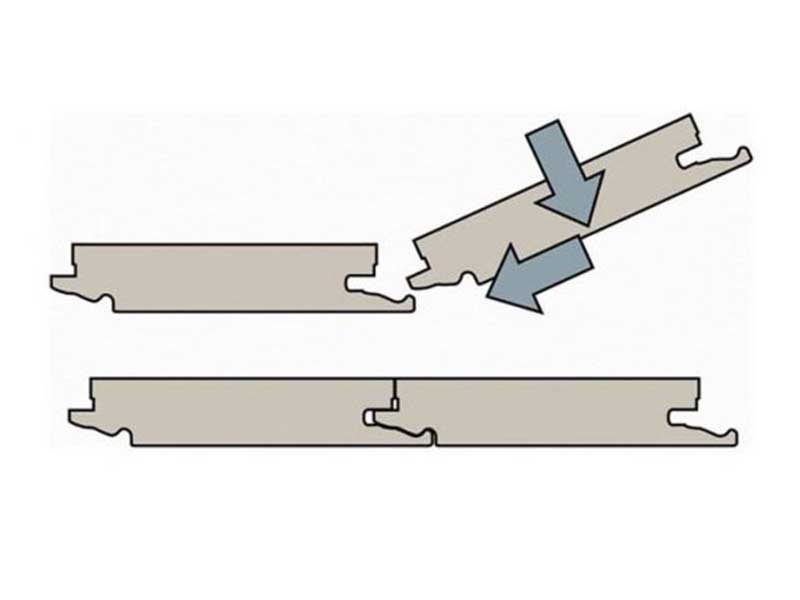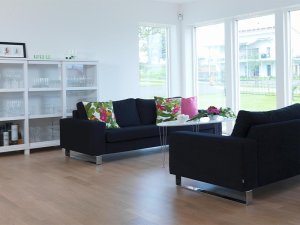From 3.0mm – 6.0mm, how do you choose between different thicknesses of SPC flooring?

Choosing from the huge number of SPC flooring images on the web can be difficult. Picking the right model from the list of specifications can be even more maddening. Unknowledge of the product and the details is the main reason, so now let’s make things simpler.
Select SPC flooring from the thickness aspect
1. SPC flooring of 3mm-4mm is sufficient for the vast majority of family occasions and can be used in low traffic areas with 3mm SPC flooring + liner. In areas of high traffic use 4mm SPC flooring, in living rooms and sports rooms use 4mm SPC flooring + liner. Thinner SPC flooring is usually more budget-friendly, but do not represent inferiority. Normally, 3mm SPC flooring can be used for more than 15 years in low-traffic areas. Visually they look just like any other thickness of flooring. Comfort performance can be improved by the use of padding, but of course they hardly offer the feel of hardwood flooring no matter how hard we try.
2. 5mm-6mm SPC floors are suitable for installation in areas with the highest traffic flow, you can install them in shopping mall, public area, hotel lobby and other hospitality areas. Generally, 5mm-6mm SPC flooring can be used for 20 years of normal use. However, with large areas of use and high traffic, floating installed SPC floors may tend to shift in position. We generally advise our customers to use a partially adhesive fixing flooring, which benefits commercial customers.SPC flooring is hard and it is best to treat the original floor bumps before installation to avoid stress concentrations that can lead to deformation and damage.
3. Some suppliers can offer SPC flooring in 8mm – 10mm. However, we do not recommend this. Firstly, thicker flooring materials are more expensive and can be purchased for the same price as hardwood flooring, or VSPC flooring which has a better performance. Secondly 10mmd SPC flooring is heavier and not friendly to the average house structure, especially if you plan to install it on the upstairs of a house.

Selection from the wear layer.
Vinyl flooring has a wear layer, which is the secret to why vinyl flooring is durable, and this is common to all flooring with a wear layer.
The thickness of the wear layer is generally measured in mil, 1 mil = 0.001 in. Most home users can choose a wear layer of around 10 mil (0.01 in). Under normal use, this will provide a life expectancy of 15 years or more.
A wear layer of less than 4 mil (0.004 in) is not recommended for use in the home, but is very suitable for rented accommodation and short term use. Even so, an SPC floor with a wear layer of 4 mil will guarantee a reasonable service life of 5 years or more.
SPC flooring with an abrasion resistance of more than 20 mil is suitable for high traffic areas (fast food restaurants, lobbies, or retail areas) and in locations where design elements are required, such as car sales floors, this type of flooring is also durable enough to last for several years.
Selecting flooring from width
In order to restore the effect shown by wood and tiles, manufacturers have cut the flooring to the same size. This is good news in terms of appearance, as it is easy to show the design of the room. But not any size will suit your space. Avoid using wide planks unless your floor is perfectly flat. Most vinyl planks are about 4-6 inches (10-15 cm) wide, but you can find options up to 11 inches (28 cm) wide. planks will not sit correctly unless your subfloor is completely level.
If you have a hardwood subfloor, you should opt for standard-width planks.

Whether to install it yourself
SPC floors are usually tongue and groove, which is a perfect construction for you to install the flooring yourself. These floors are not glued to the base floor, so you can easily remove them at any time and will recreate the base level before installation.




